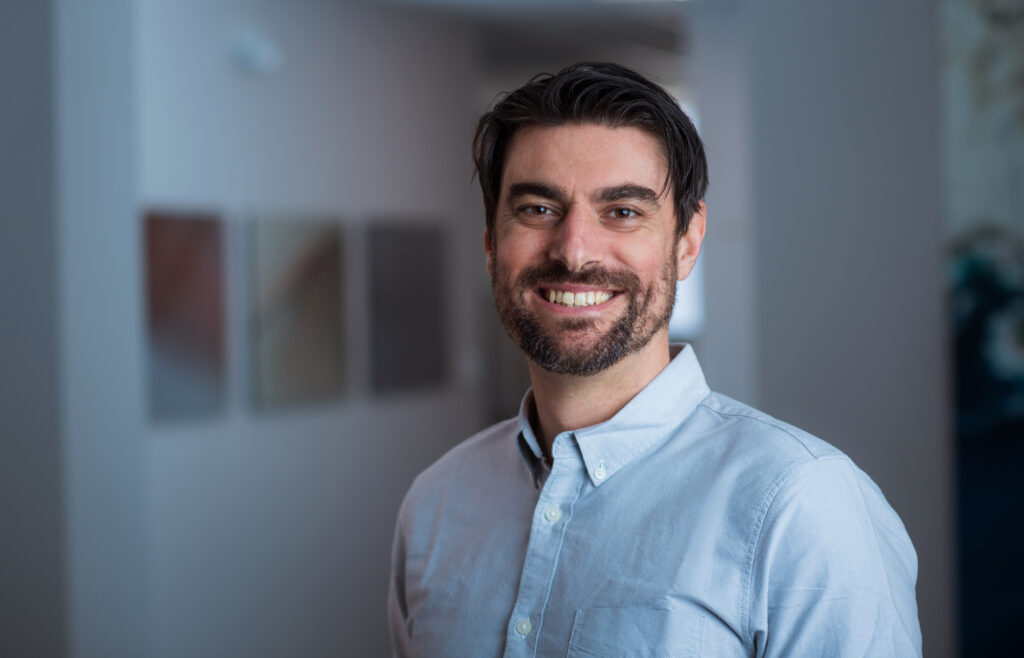A conversation with Brandon Sorbom, chief science officer at Commonwealth Fusion Systems.
Commonwealth Fusion Systems, a breakthrough MIT spin-out, is creating never-before-seen technologies that utilize fusion and advanced plasma science to create safe and efficient power. Their home base in Devens, Massachusetts, houses their recently-developed SPARC tokamak superconductor, as well as their manufacturing facilities and research campus.
Brandon Sorbom serves as chief science officer for CFS, and recently spoke with Bluedot Institute student advisor Annabelle Brothers about his history at MIT, how his fusion tech company was built, and how he and his team are creating the next form of sustainable energy.
… in order for an energy technology like this to work, it has to work for everyone. We want people to understand and be comfortable with this technology.
–Brandon Sorbom
Annabelle Brothers: Could you provide some high level background on you and your work?
Brandon Sorbom: I did my undergrad as an electrical engineer and then went to graduate school to study fusion. Straight out of graduate school I ended up starting a company, CFS, with some of my friends and colleagues from grad school. I am now sitting in my corporate headquarters building. We have a 60-acre fusion campus now at Devens Community in Massachusetts. We are developing the next generation of technology that will make fusion energy a reality. We prefer to just call it fusion or fusion energy, as it is a fundamentally different process than nuclear fission.
One of the reasons why fusion would be really effective in combating climate change is that it produces no emissions, and it’s a baseload technology. Unlike a lot of clean energy tech, fusion is a technology that doesn’t depend on the wind blowing or the sun being out or having access to a river for a dam — you would be able to turn fusion energy on and off whenever you want, without it being dependent on external factors. We see it as a complementary mix in the power balance with other renewable technologies such as wind and solar, and the combination of these things will eventually be able to get us to a net-zero emissions future.
Annabelle: What are some of the problems that have prevented fusion technology from taking off before? How have you and your team contributed to addressing some of these problems?
Brandon: Scientists have known about fusion for over 100 years now. It’s the process that powers the sun and all the stars in the universe, so there are some pretty big proof points that fusion actually works – it’s ultimately responsible for all the energy in all of the stars! The challenge has been to actually harness fusion on earth; this has taken a bit of time to figure out. It essentially involves taking a mini star and confining it in some kind of container on earth. The fusion plasmas have very low density, so if the plasma touched the wall of its physical container, the plasma would be extinguished because the container is so much denser than the plasma itself and will rapidly cool the plasma. This makes fusion very safe, because the plasma naturally wants to turn itself off if it touches any material (even air!), but it also makes it tricky to confine the fusion plasma.
The way that we are addressing this problem is to use very strong magnetic fields to create a non-physical container for the plasma, to keep it from touching anything and extinguishing itself. Previously, it was very hard to build magnets strong enough to make the fields necessary, but some advances in materials called superconductors have allowed us to design and build these very strong magnets.

Annabelle: How do you stay motivated?
Brandon: I feel the mission is worth working on. I really believe that we can make this technology successful and when we do it will be a really big deal. I love lots of clean energy tech but I fundamentally believe that, with the scale of the amount of people we have on the planet, and also how energy usage correlates with quality of life anywhere you go, it’s not just that you would want to take the emission-producing energy today and replace it with clean energy.
Ideally you would want to increase the total energy usage to be able to improve the quality of life. Renewables such as wind and solar get you part of the way there, but in addition to all those you really need something that would be able to provide a lot of power to a lot of people on demand. I think fusion is our best shot at being able to do that in the long term.
We also have a really amazing team. I work with about 500 people on my team and even more through collaborations with government labs. Whenever there’s a setback, even though it might be challenging at the moment, I always have a lot of confidence that our team will be able to figure it out. When we encounter a problem, we have a track record of making it work out.
Annabelle: How did you personally get interested in nuclear fusion? What initially led you down this career path?
Brandon: I knew I either wanted to get into rockets or clean energy. In college I started dabbling in what different clean energy technologies look like, and what the grid looks like; not just the making of power but the distribution of power. In college I was a rower and I injured myself, so I took a red shirt year and had all this time to fill. I started doing my own research and a lot of reading. I stumbled across fusion in the back of a textbook one day. Eventually I got so interested in it that I built a small experiment in my last year of undergrad school called a Farnsworth fusor. You can build one with a couple thousand dollars of materials.
Eventually I ended up going out to MIT. That was the school with the program that spoke the most to me. I used what little was remaining of my life savings and moved from Los Angeles to Boston to work as a technician in a lab. I took an extension course at MIT, then I reapplied after that and managed to get in. I did a PHD — seven more years of school — and learned a lot about how fusion worked. Flowing out of that, I became one of the founders of Commonwealth.
Annabelle: How can we get the public interested in fusion technology? How can we eliminate the stigma surrounding this technology?
Brandon: I think it’s all about education with this new technology. It’s our responsibility, as the people who are making the technology, to go out and show people how this all works, and give them access to that information. What are the fundamental principles that we want to operate on? One of those principles is that, in order for an energy technology like this to work, it has to work for everyone. We want people to understand and be comfortable with this technology. We are doing lots of outreach. Here at Devens we have community outreach days and we do lots of speaking engagements. I have traveled around to different schools and given presentations on this. People are really eager to learn, and I think that if we can show them the immense potential of this technology, people will really embrace it and get excited about it.


